

Content Designer Juste Kulikauskaite is taking care of the verbal brand identity of Kilo Health products. In essence, she shapes the way our products connect with our customers.
Today, I wanted to ask her more about her daily work – and find out what this type of content designer does during the day.
P.S. Not a fan of long reads? Same here. Here’s a link to the full podcast with even more insights:
Basically, a content designer is a writer that focuses a lot on researching their audience and understanding how to talk to them in a voice that is just right. It’s similar to a UX writer’s position – together with UX designers, we are a crucial part of the product design process.
Some time ago, I noticed that a lot of Kilo Health products either had a vague tone of voice or didn’t have one at all. So the Head of Design, Simas Petrauskas, and I started working on identity strategies. He took the reins for the visual identity, and I took on crafting the verbal identity.
We don’t necessarily build brands but rather help form the core foundations for them. If a product doesn’t have a brand identity yet, we help them clarify its core values, mission, and vision. Basically, we build new and emerging brands from the ground up and help established brands with more direction.
In my opinion, a brand without an identity, personality, and values behind it is not really a brand. It’s just a product with a marketing plan.
Usually, we understand brands through their visual identity: having illustrations done in a coherent style and keeping the colors consistent. But a brand is much more than that. Having a verbal and visual identity are the two main components of how you represent your brand. Unfortunately, verbal identity is quite often left behind.
Almost always, with every visual comes a text. Both parts are essential brand touchpoints – they’re the elements that people interact with when they see your brand.
For instance, your customer sees beautiful packaging and reads the information to understand what you’re selling. The text shapes the brand’s positioning, but within that text, you can either come off as really cold and technical or as caring, fun, and modern. That’s your verbal identity touchpoint.

In my experience, you have to really know your audience and their vocabulary. In most cases, you want to keep your communication as straightforward as possible, which limits your vocabulary even more. So you have to play around with language elements, pauses, and shorter or longer sentences.
If the language you use is spoken and vocalized, you can play with the intonation. But yeah, it’s difficult. It’s like a game of philology. I think you have to play around and really understand the audience.
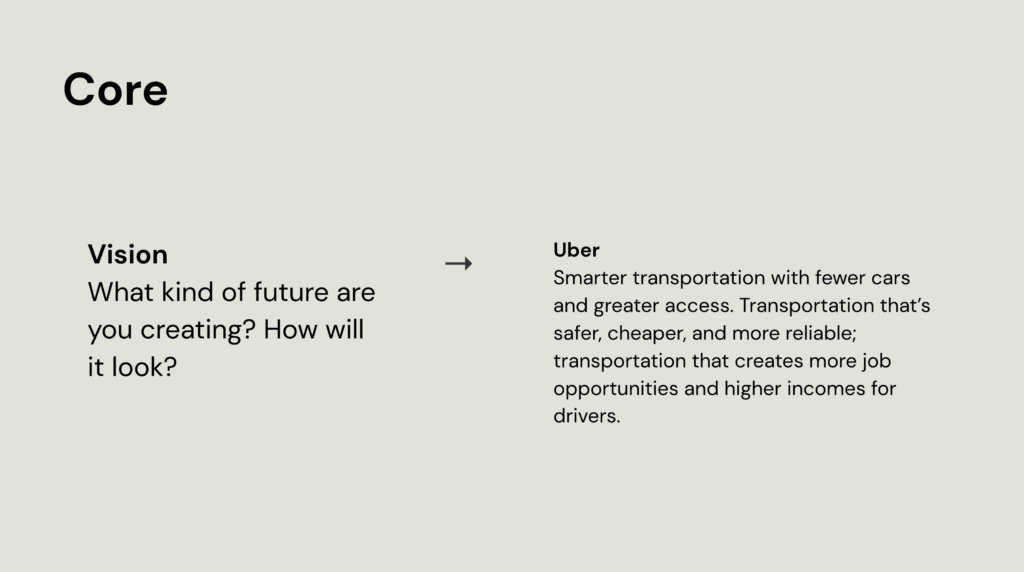
One of the most common mistakes is just going by your gut feeling. It’s especially true if a brand is created by people of one generation and the product is marketed to people of another.
So let’s say Gen Z is creating a product for Baby Boomers. That’s a huge generational gap. As a marketer, you might think that a modern way of talking will work better because you feel like it’s more approachable for you. You base it on your values and experience. But the final result wouldn’t appeal to Baby Boomers.
The verbal identity of a brand must be unbiased and completely embody the brand’s core. You have to fully represent the brand and the values it stands for, as well as avoid mixing in personal preferences.
Values are an essential part of crafting a verbal identity. There’s the mission and the vision so you can understand the big picture of the brand. But once you have the values, you can scope voice attributes from those values. Let’s say your value is to be inclusive. That means that your brand shows empathy. You don’t shame. You don’t categorize.
Beginners or small brands jump over the values and go straight to the brand voice. But if you don’t have the values, your verbal identity might be saying completely different things from what your visual identity and what you yourself actually stand for.
For example, you might have a visual identity that is very colorful, fun, and playful. But then the verbal identity for that product is very serious and professional. This could lead to a mismatch between the content, the verbal identity, and the visual identity.
Defining your core values should be the first step before doing anything. You have to know your direction, target audience, and values. And once you have that core, you can craft your visual and verbal identity.

When you’re implementing a verbal identity, you must put yourself into the brand’s shoes and manifest the values of the brand. A brand is basically a living, evolving thing. It’s a personality you have to have to embody.
Slack is a great example of a well-implemented verbal identity. They have a very function-based product, and the language the company uses is also very functional. It takes a lot of work to go creative on functional text. There’s a fine line between making it sound cool and not making any sense.
Slack has mastered this by adding brand elements with the Slack bot and other types of micro-copy. You can sense the brand personality with its minor touchpoints within the product and its marketing. Those small details make their verbal identity unique.
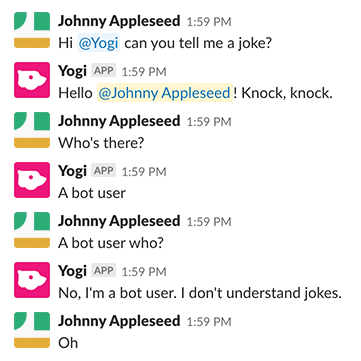
The project management platform Asana uses visual elements instead of verbal ones. For every completed task, there’s a unicorn rainbow that gives you an element of surprise and fun. They’re all about ultra functionality and adding details to enhance it. The moral of the story is to keep it balanced and not go overboard with making each word or each visual element pop with personality.
I think the most important question that you have to ask as a brand is why are you here, and what values do you represent? What do you want to change? Those ideas can be utopian. The vision of the Alzheimer’s Association in the US is a world without Alzheimer’s.
Think big. The vision is like a North Star, and the mission is the smaller step you’ll take to achieve it.
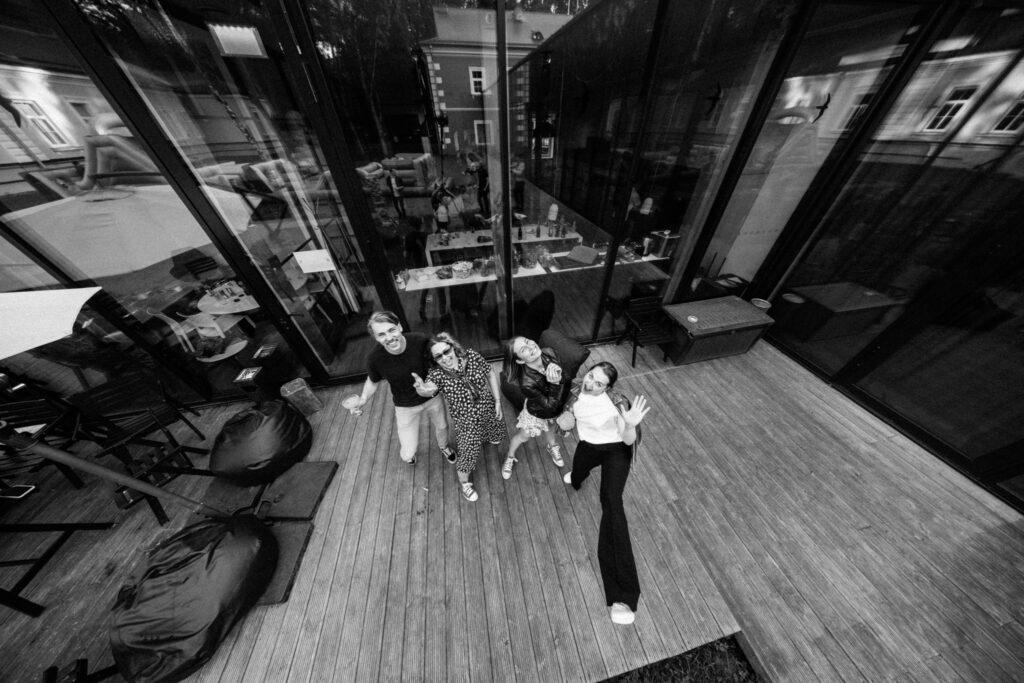
Plan your steps toward your vision and showcase the values of what you and your company believe. The values drive everything you do, how you communicate, how you show yourself, what products you create, and what content you share.
The verbal identity has to show who you are. It may be based on the key stakeholders, what they believe, and how they talk. All in all, the key people representing your brand have to be comfortable speaking in your chosen tone of voice.
If there’s a mismatch between the values and communication materials – it might feel unnatural. People will notice something’s off because it might be uncomfortable or awkward to interact with. Sometimes you can stay on that track of trying to be something you are not, let’s say, for a year, but it won’t last – you need to stay true to who you really are.
A brand is a living, breathing organism. So even if you put it into a cage and try to make it something it’s not, it will sprint out of that cage as your team grows.
Instead of trying to shape a brand into something it’s not, your brand should clearly reflect who you are as a company from the get-go – your values, vision, and mission.
Would you like to join Juste on her mission? Check out the Careers page.


Kilo Health concluded 2024 on a strong note, achieving stable revenues and growth, alongside a team of 450 employees. In 2024, the company’s consolidated revenue remained steady at €234 million, the same as in 2023. Despite external market challenges, Kilo…

Ask, research, support. These three words sum up my role — or maybe just the nerd face emoji. Currently, I am working as a Scientific Research Lead at Kilo Health. But before that, I’ve always been on a similar path,…
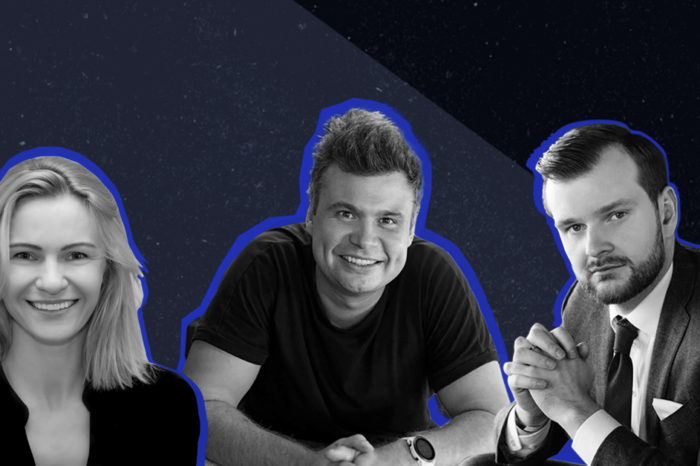
As we’re entering an exciting new chapter of business growth and leadership, it’s the perfect time to catch up on the latest changes in our team and where we’re headed next. Dive in and get to know our new CEO…

I’m Matas, and when asked, I refer to myself as an intern — always learning. However, research, strategy, business development, and idea generation are the cornerstones of my work. I want to pull back the curtain and give you an…

I’m Deimante, currently Head of Marketing at Kilo Health, and a big lover of this company. My journey to being hired at Kilo has been quite the ride. How it all started? I underwent interviews with 11 different people and…
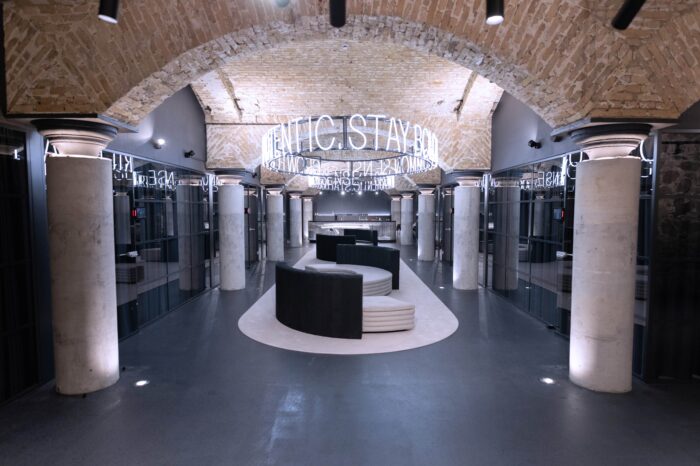
Ever dreamt of taking the lead, even if the path isn’t crystal clear? Or to have someone believe in you and offer you a chance to figure out whether you would thrive in a startup environment? Speaking of which, Kilo…
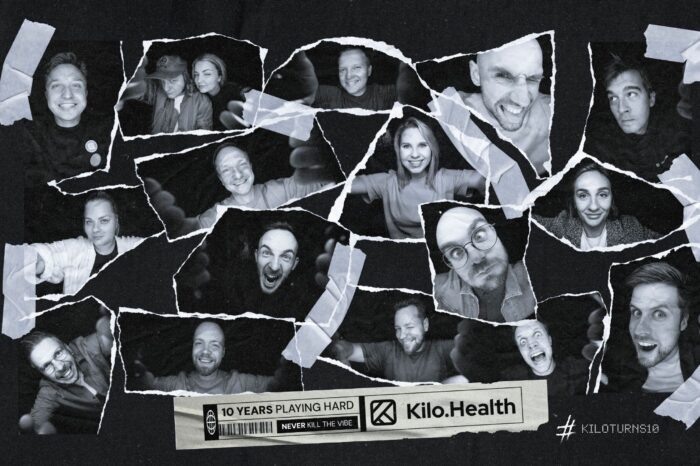
A whole decade has raced by in the blink of an eye for us at Kilo Health, and what better way to celebrate than to reflect on the milestones and lessons over the years? Do you know where we started?…
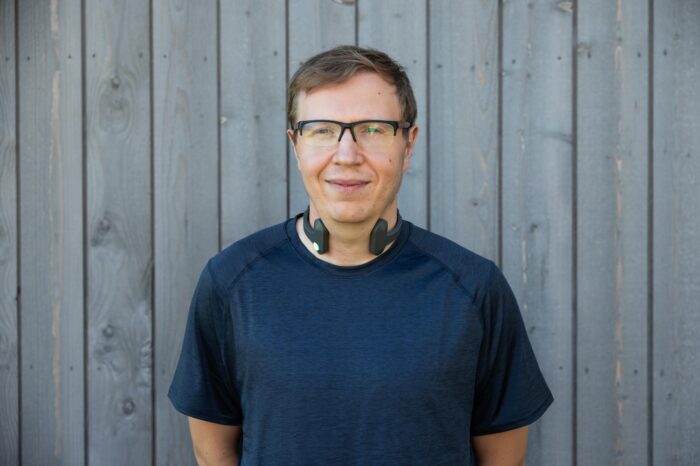
We, the co-founders, are just ordinary individuals with grand ambitions. There are times when we work twice as long and intensely as others, yet we’re equipped with the same amount of daytime, energy, and capacity. However, as leaders in the…

There’s no enchanting tale behind how I became a part of Kilo Health. In truth, some of us regular folks simply have regular journeys, and that’s perfectly fine. What counts is that today, I hold a successful product in my…

Reflecting on your achievements from the previous year is advantageous. That’s exactly what we did, proudly demonstrating our boundless aspirations through an impressive 84% growth and 213 million euros. So let’s put our hands in the air and celebrate together,…

I joined Kilo Health back in 2019, and I can prove that when people’s values and mindsets align, great things can be accomplished, even if you don’t have a plan. BoomeranGO!, the first and only product for children provided by…

Lighting, sound, set, and actors are essential components of a film studio, but they are not the sole factors that define its success. Consistent creativity, appreciation of talent, and adaptability to market trends are a few of the things that…
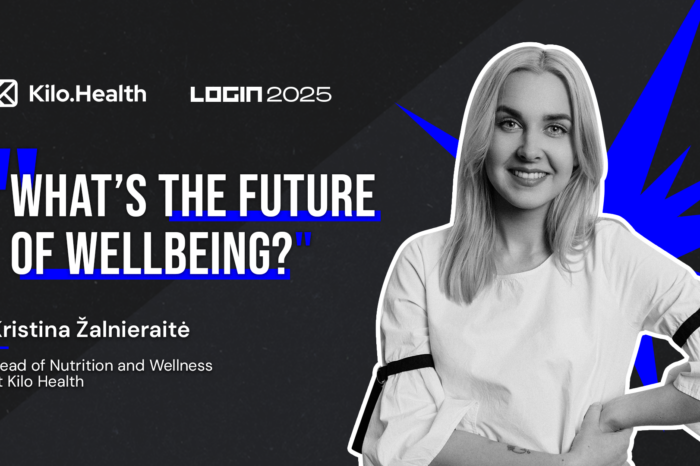
Imagine a world where technology creates a tailor-made meal plan and recommendations after analyzing different data about you. This is not science fiction but a reality that is fast approaching. Traditional plans drawn up by nutritionists are already being replaced…

Hey, I’m glad you’re here — I’m Viktorija Jokantaite-Kutke, the CEO of the Weight Management Accelerator at Kilo Health. One thing about me is that I don’t do boredom. I am always moving, always building. Try to keep up! When…